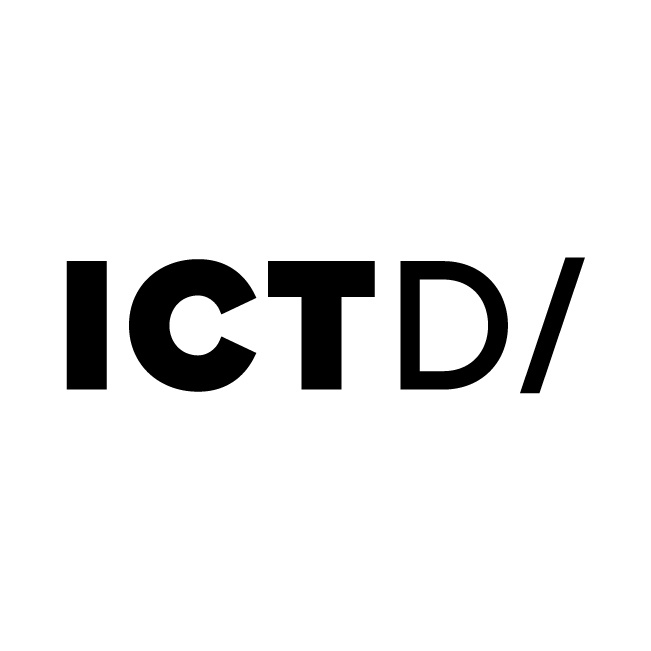Distributed Delivery Model: managing success with blended teams

I have been part of a distributed delivery model for more than 10 years now with the offshore team focusing on the technical design and development work from India and the client proximity managed by the team in Finland. It has been a very challenging and exciting experience throughout this period with a lot of memorable success stories.
Looking back at this journey, it’s obviously a great one commenced from the emptiness to building an evenly structured skilled team. It all started with the visionary thoughts of Finnish leadership on providing cost effective solutions to the clients by utilizing the best available technical skills in India. There was no experience or reference to rely upon for the best practices. But bunch of people had vision and committed attitude at the leadership team to identify and implement the best practices with trials, discussions, frequent feedbacks and applying from the learnings.
Cultural differences
The initial challenge both the teams at India and Finland faced was about the cultural gaps – bridging this gap was imperative to start the pedaling. Apparently, collaborating confidently with unknown faces in some remote location was not that easy for everyone. Some Finnish members were very much hesitant to start communicating with the Indian team due to this cultural difference and the language barriers.
Lack of effective communication also led to the gaps in understanding the client requirements thus hampering the objective of providing the right solutions. Bridging these gaps were in the prime focus during the initial few months and achieved by the consistent efforts of the leaders from both Finland and India. There were failures in the beginning, but the willingness of the teams to learn from the mistakes and move forward made it happen to build a strong collaboration. The strong will of the leaders to proceed until achieving the goals was the prime base for the success.
One Team
One of the strategies that provided the best outcome to build the collaboration was to make the Indian team members travel for shorter duration to Finland. This enabled work along with the Finnish team members.
During the initial few years frequent travels were organized thus providing the members to know each other thus closely knitting the relationships required in distributed delivery model. The personal rapport created with that approach subsequently helped to construct a strong committed offshore team in India. On the other hand, the Finnish leaders made it a part of the culture to visit the Indian team and work together for couple weeks in every year. This helped in having personal interactions with each and every team member to know their potentials, concerns, strengths and weaknesses. The voice of the Indian members was genuinely listened and concerns addressed positively. This ensured to maintain the intuitive feeling of “One Team” rather than having different monolithic teams working in own silos, thus driven the team to achieve the common goal of customer satisfaction.
If a single reason to point out for the success of this collaboration, then it will be the confidence and trust the Finnish leaders put on the India team. The offshore team was provided with lot of freedom to take the right decisions, motivated and recognized for the results brought in. Inefficiencies were not pointed out as failures but the opportunities for continuous improvement. Such an attitude resulted in building a commitment in the offshore where the team members stretch to any extent to find out the best possible solutions.
Distributed delivery model: Better quality with less price
The results of these predetermined actions started flowing in soon apparently. While the Indian team focused on the technical deliveries for both application development and maintenance, it helped the Finnish team to spent more time recognizing the client’s business objectives, identifying the best solutions to address those and providing them collaborating with the offshore team. The quality of the delivered solutions to the clients apparently improved significantly along with the cost benefits passed over to the clients. With this, the client base started growing bringing in more business and revenue for the organization.
Altogether, a consistent and conscious approach is imperative to maintain the success of a distributed delivery model and this is of course possible by having the right leaders there to manage.




